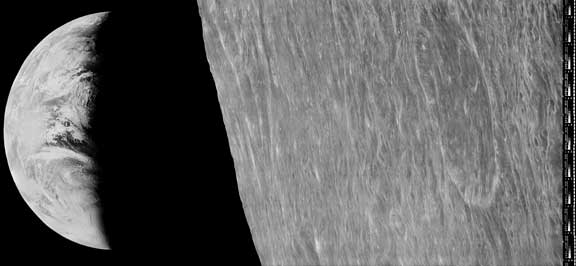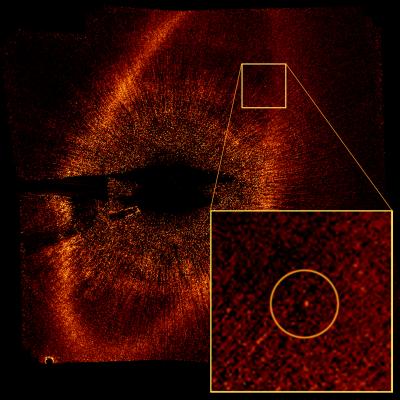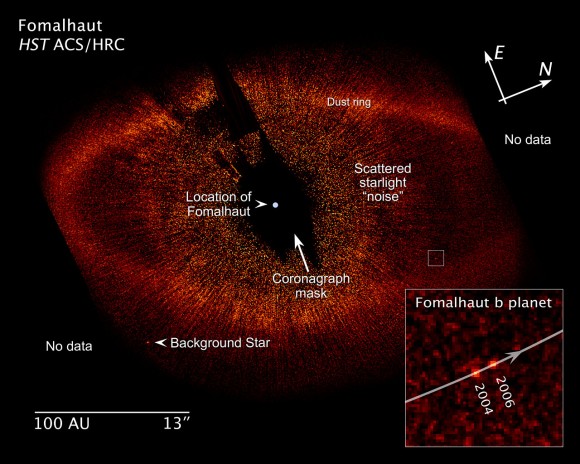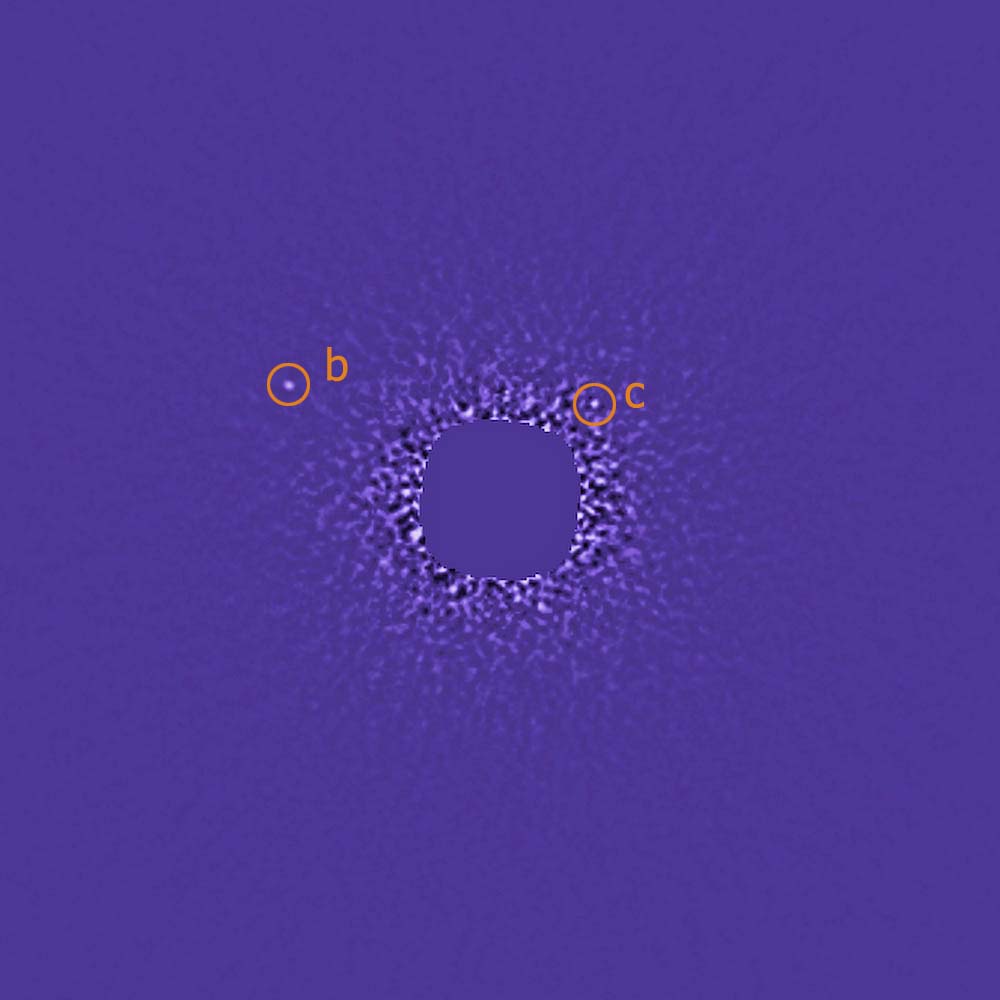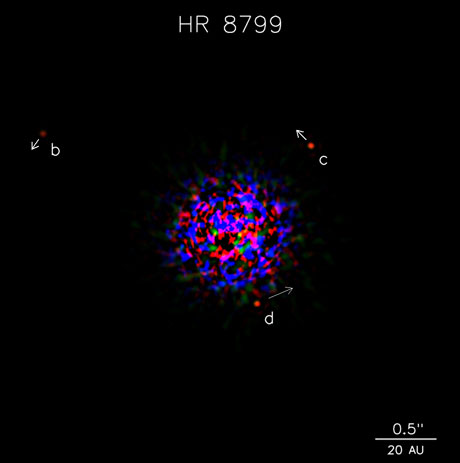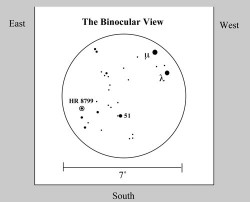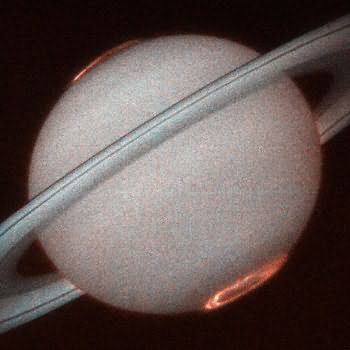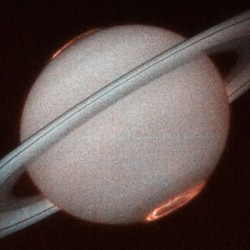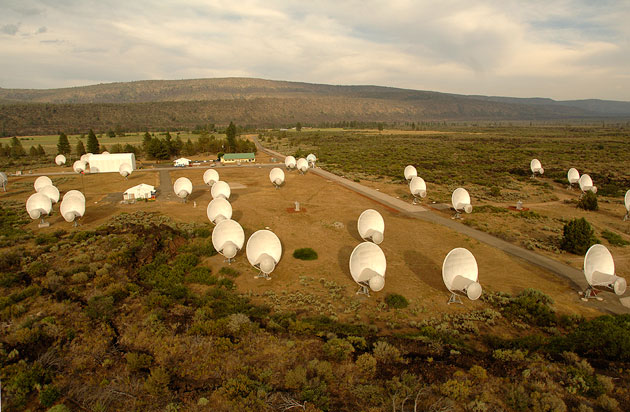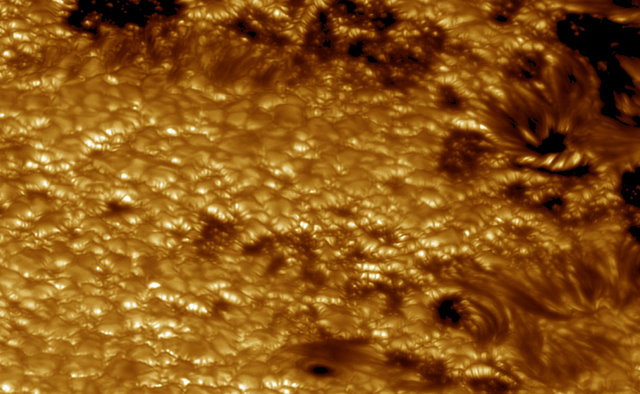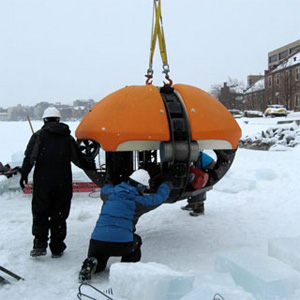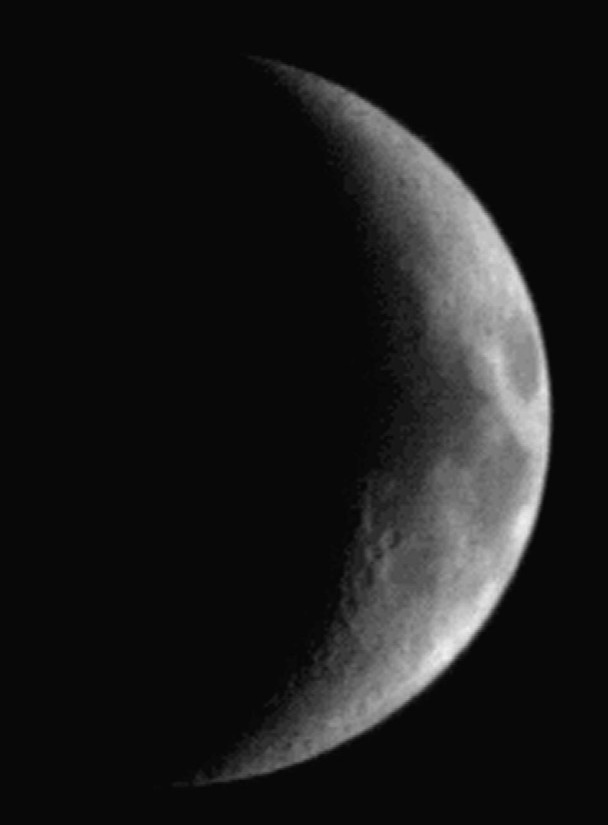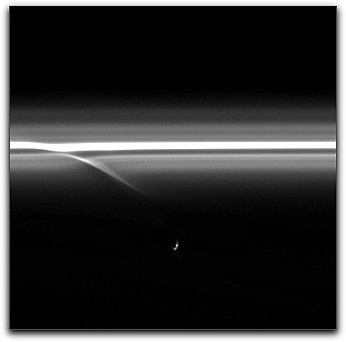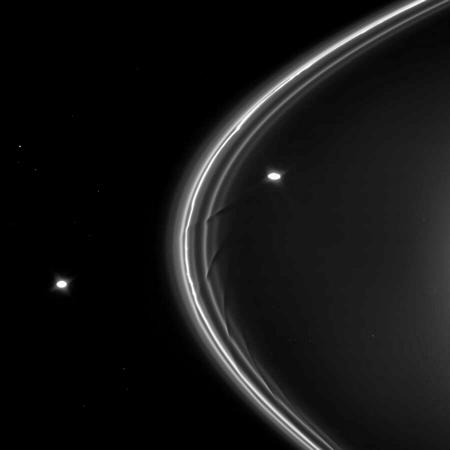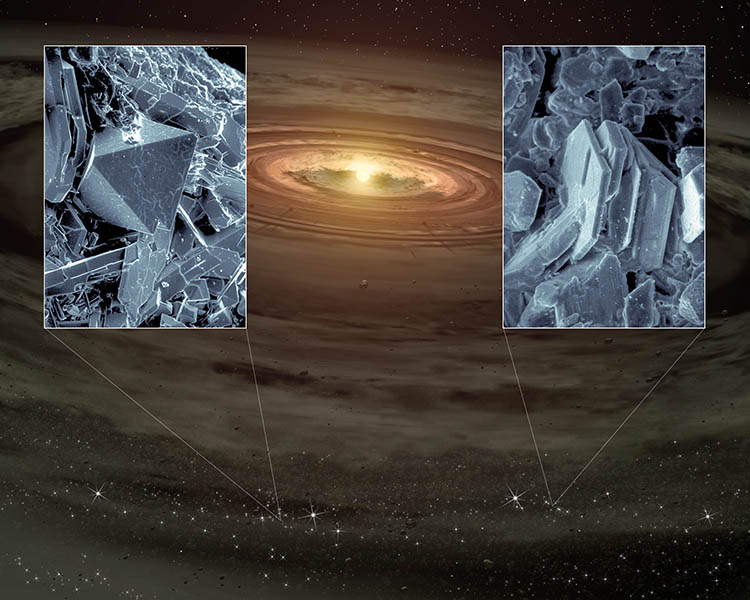[/caption]
Earlier this week we had a story about old data from the Apollo missions that could potentially be lost if an “antique” computer from the 1960’s can’t be renovated. But now comes good news about more old data which has actually been restored and enhanced to an exceedingly high quality. Some of the first ever close-up images of the lunar landscape have been given new life, rivaling the images being taken by today’s high definition cameras. NASA and some private space business leaders spent a quarter million dollars rescuing the historic photos from early NASA lunar robotic probes and restoring them in an abandoned McDonald’s. The first refurbished image was released Thursday, a 42-year old classic image of the moon with Earth rising in the background.
In 1966 and 1967, NASA sent five Lunar Orbiter missions to photograph the surface of the moon to prepare for the Apollo missions to land humans on the lunar surface. Data were recorded on large magnetic tapes and transferred to photographic film for scientific analysis. When these images were first retrieved from lunar orbit, only a portion of their true resolution was available because of the limited technology available. A special machine was needed to just to view the images.
Initially, the moon pictures were the hit of the 1960s. The photo released Thursday was the first of Earth from a great distance, until it was outdone by Apollo 8 astronauts, the first to orbit the moon. And a 1966 close-up of the moon was hailed by some media as the “picture of the century.”
After the Apollo missions, with all the images taken by the astronauts, the Lunar Orbiter images were essentially forgotten. The tapes with the images were put in storage. The specialized machines were offered free to anyone who would haul them away.
Nancy Evans, co-founder of the NASA Planetary Data System (PDS) took a couple machines in order to make sure the data taken by the Lunar Orbiters wasn’t lost. For a time in the 1980’s Evans worked on digitizing the images, but when funding dried up, the drives sat in a barn in Sun Valley, CA for the next several decades.
In 2007, Nancy Evans tried to find someone to take the drives. Dennis Wingo, a private space entrepreneur heard about this and contacted Keith Cowing from NASA Watch. Wingo and Cowing subsequently obtained the drives and tapes. They took over a shuttered McDonald’s at NASA’s Ames Research Center in Moffett Field, Calif., and patched together one working machine to read the tapes, used in combination with today’s software.
Future images will be made publically available when they are fully processed and calibrated. The intent of this project is to facilitate, wherever possible, the broadest dissemination and public use of these images.
“This is an incredible image,” said Wingo. “In terms of raw resolution, there has been no mission that has flown since or even today that is as good.”
With one photo down, there are 1,983 more to go, if the machine holds up, Wingo said.
These photos will have some use, said Cowing. When NASA launches its the Lunar Reconnaissance Orbiter in the spring, the space agency can compare detailed high-resolution images from 1966 to 2009 and see what changes occurred in 43 years, he said.
“What this gives you is literally before and after photos,” Cowing said. “This is like a time machine.”
For more information see NASA’s Lunar Orbiter Image Recovery Project and MoonViews.com. Here are some Apollo 13 pictures.
Sources: NASA Watch, AP, NASA

